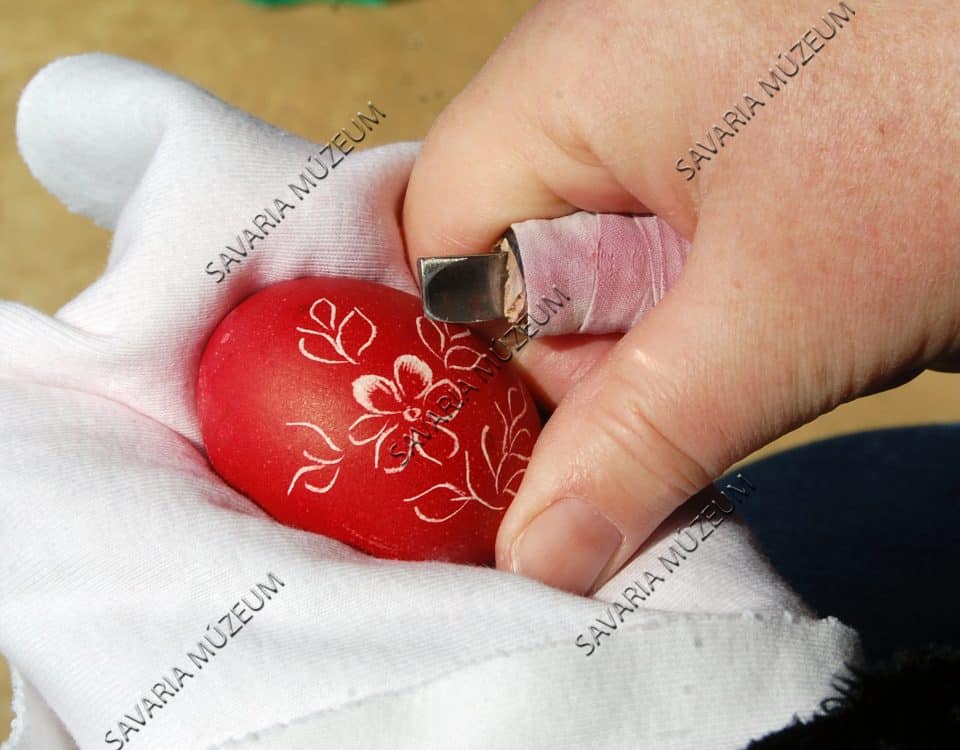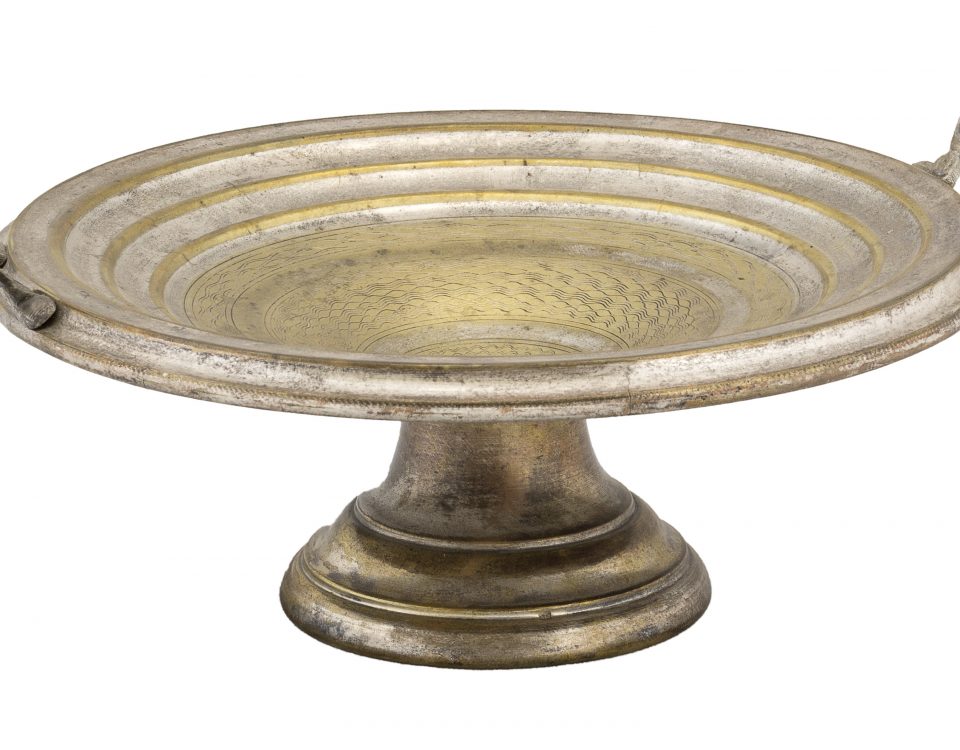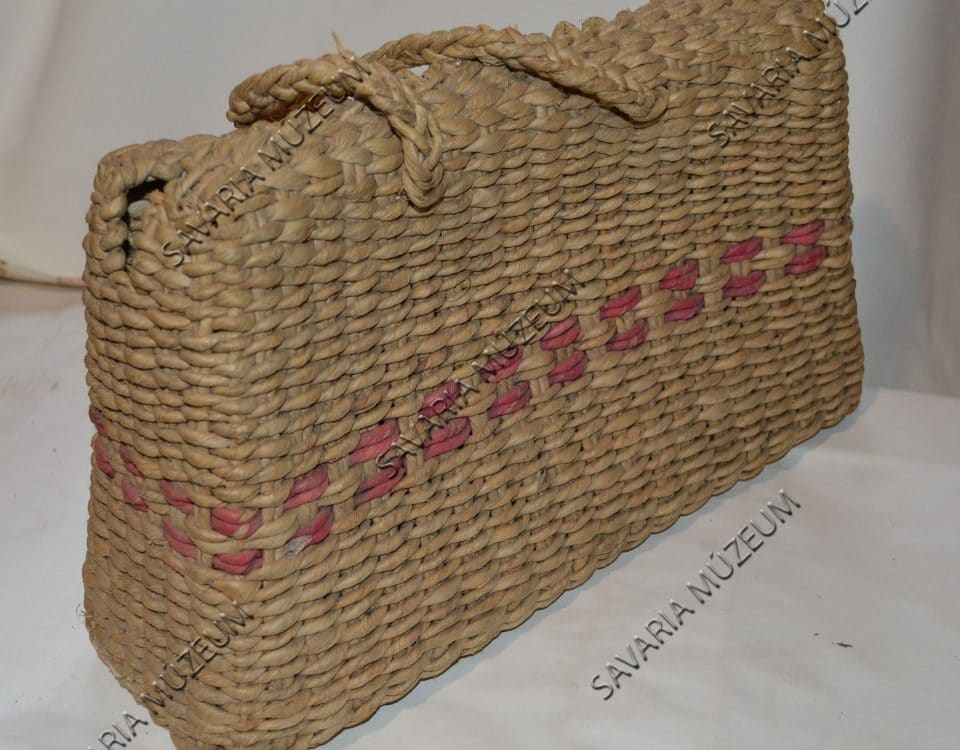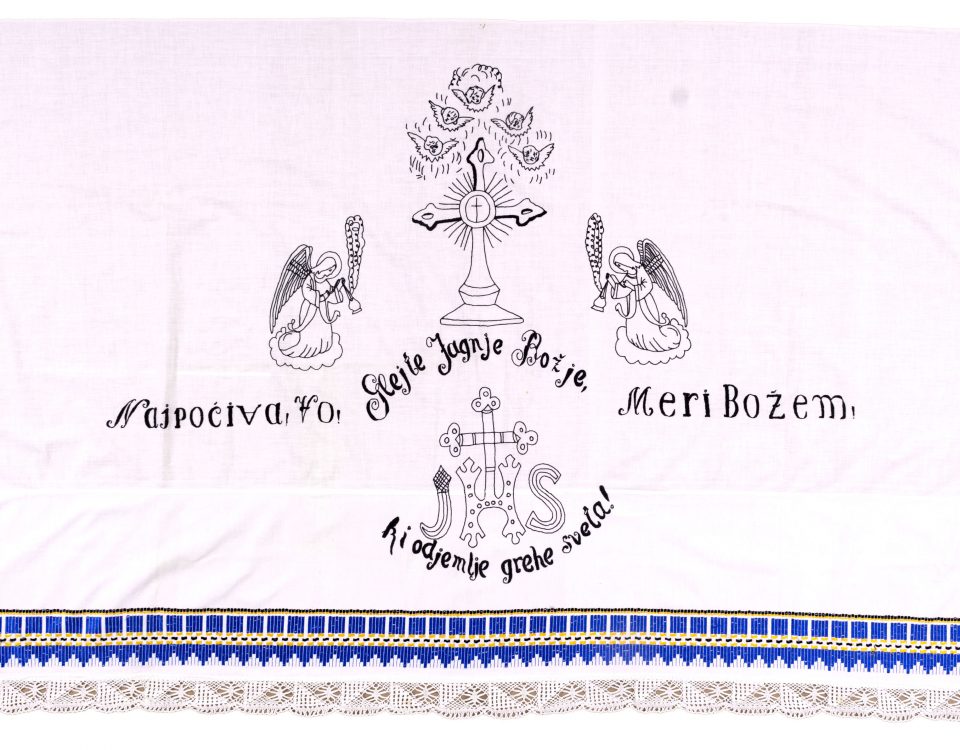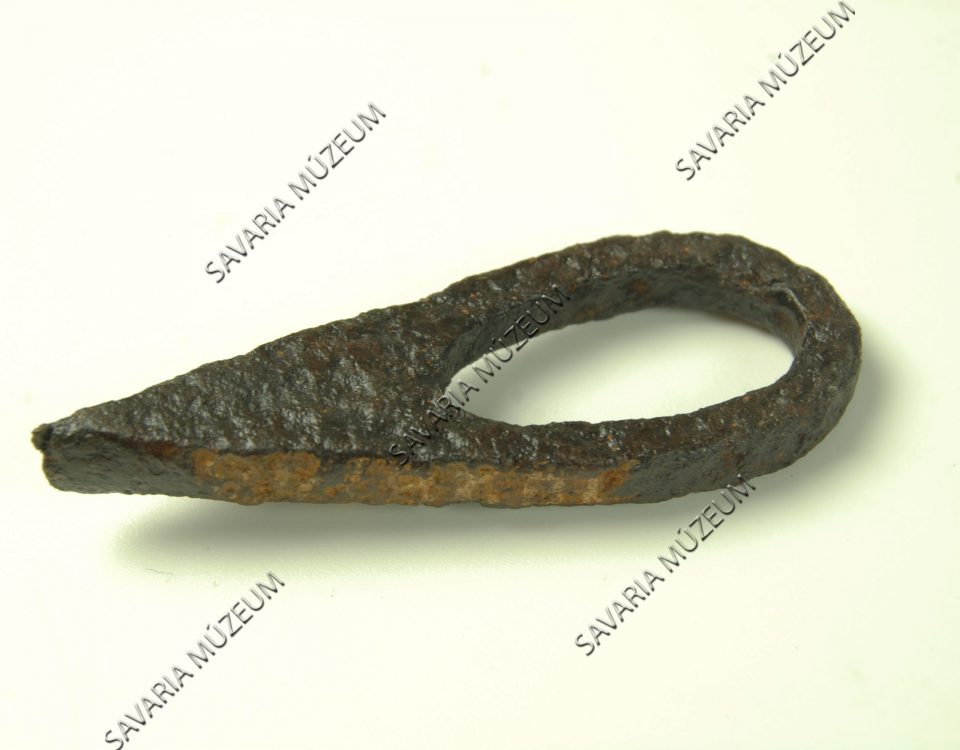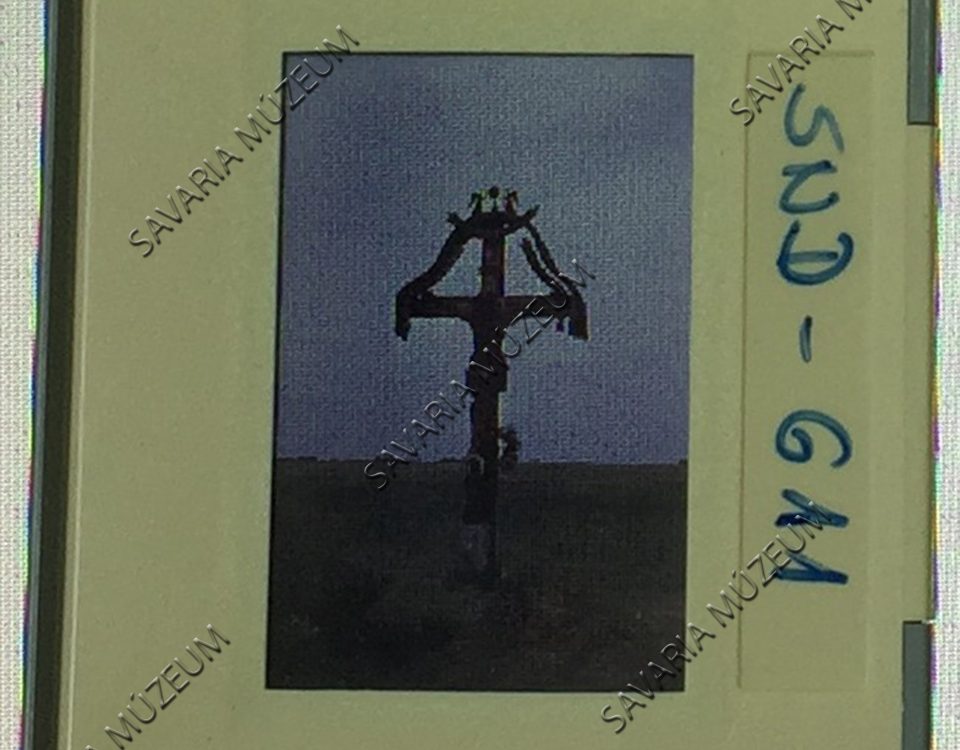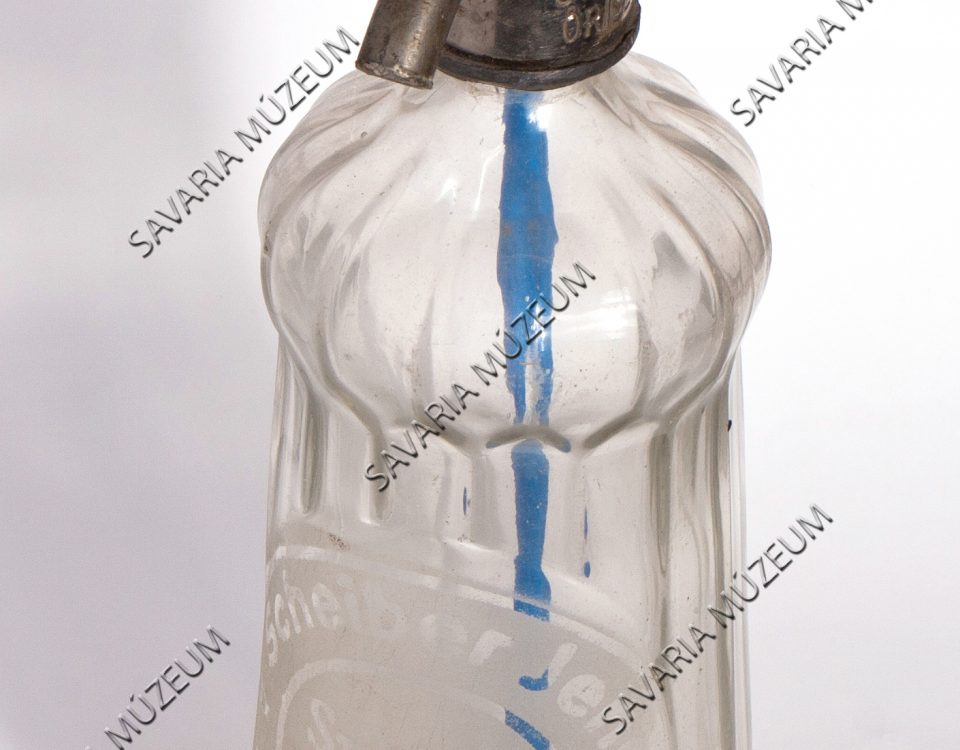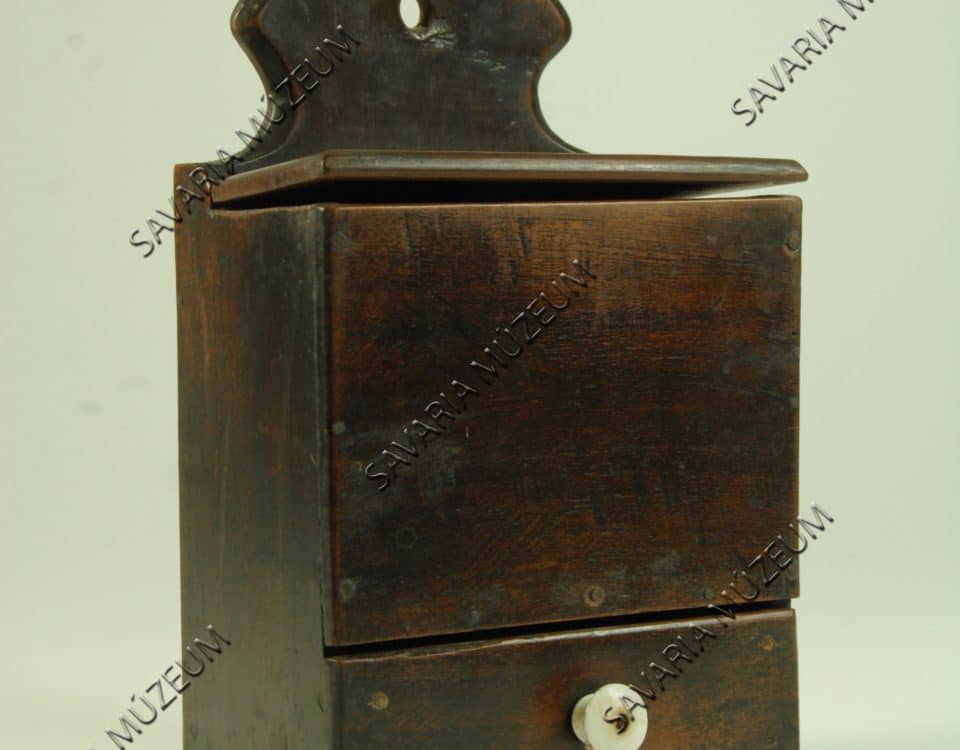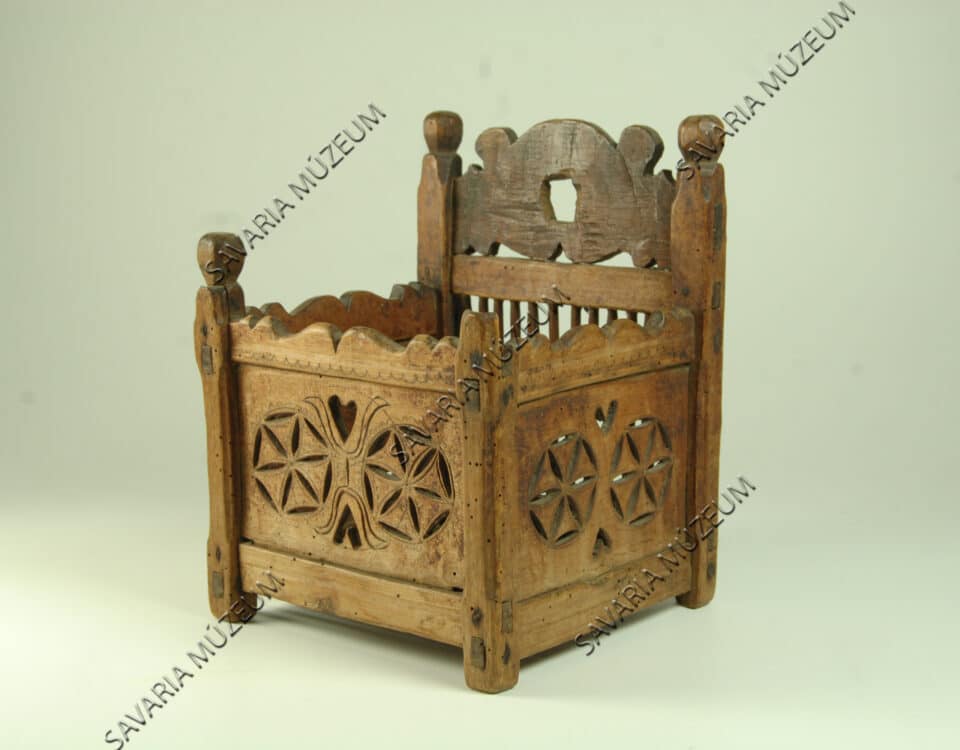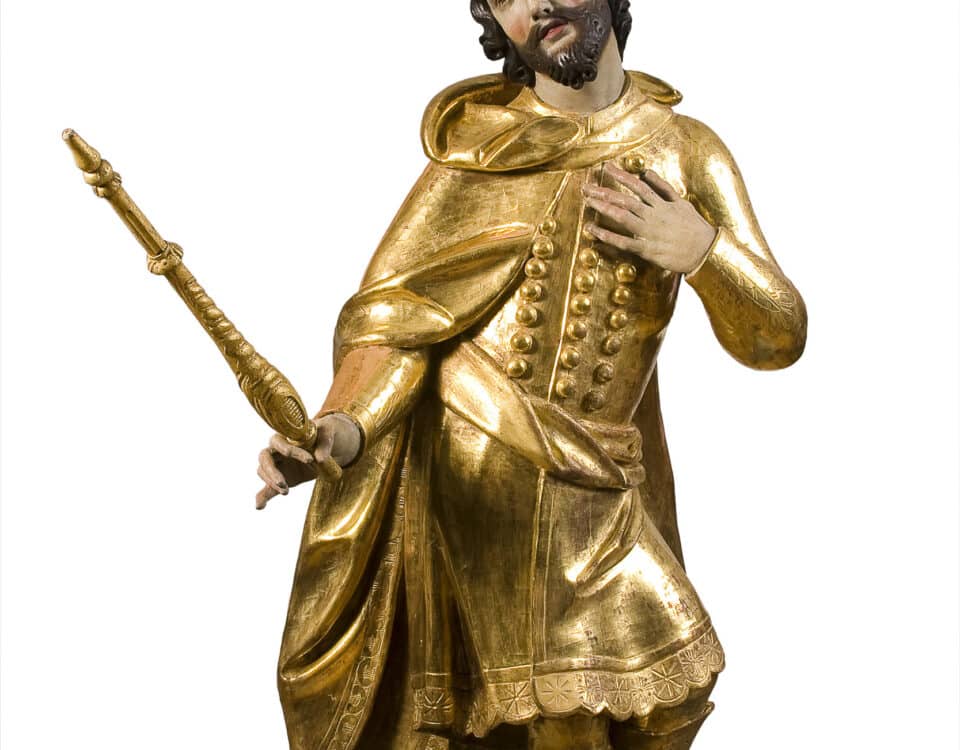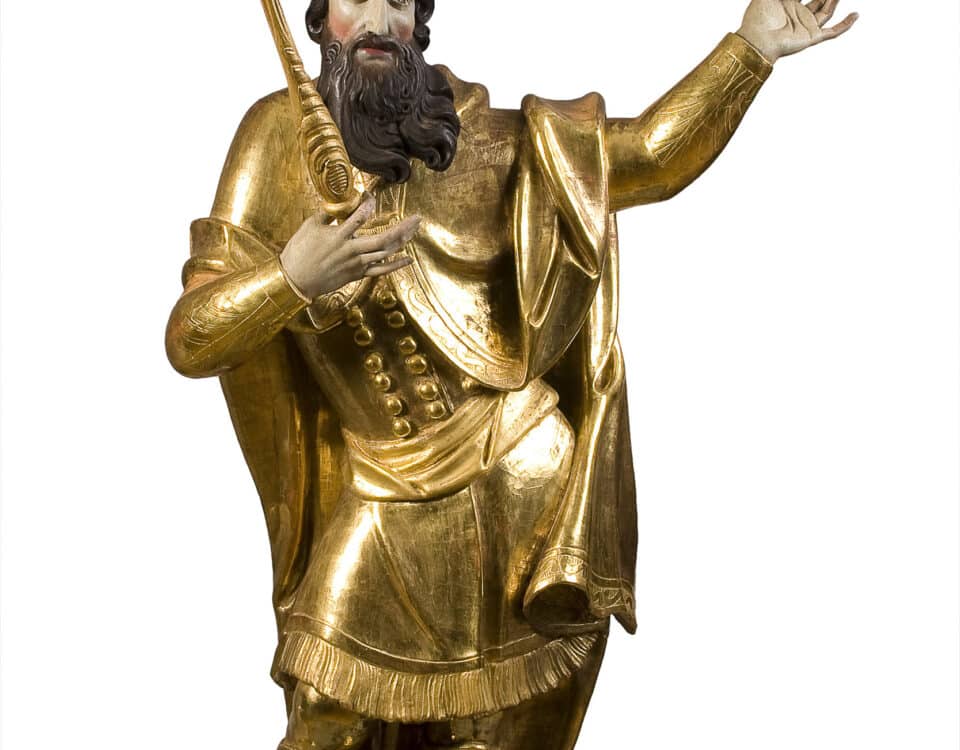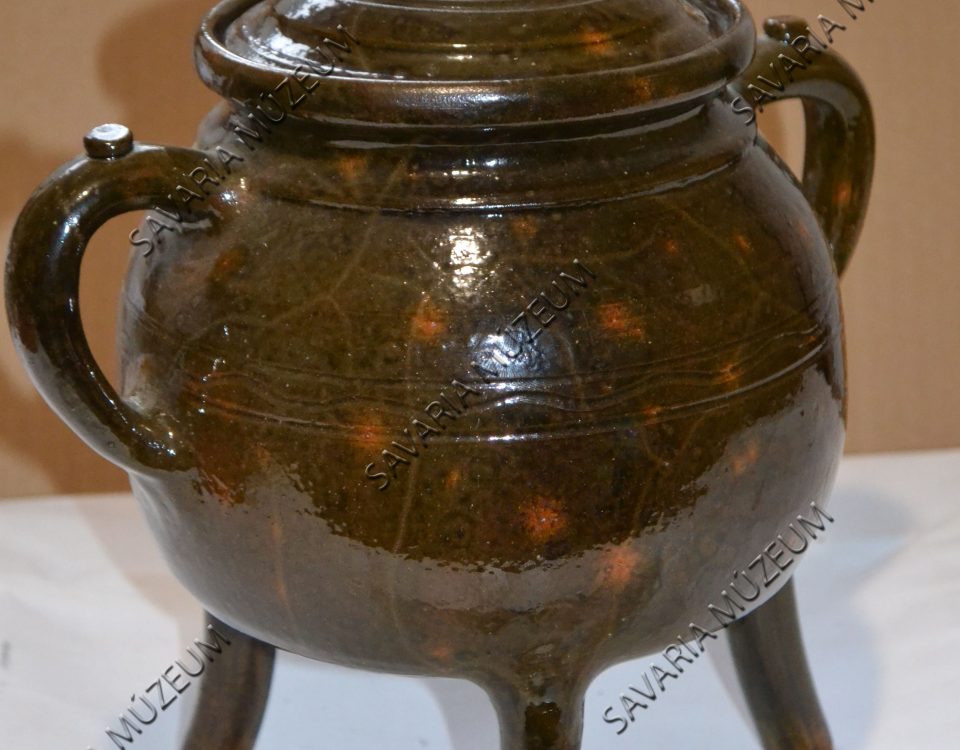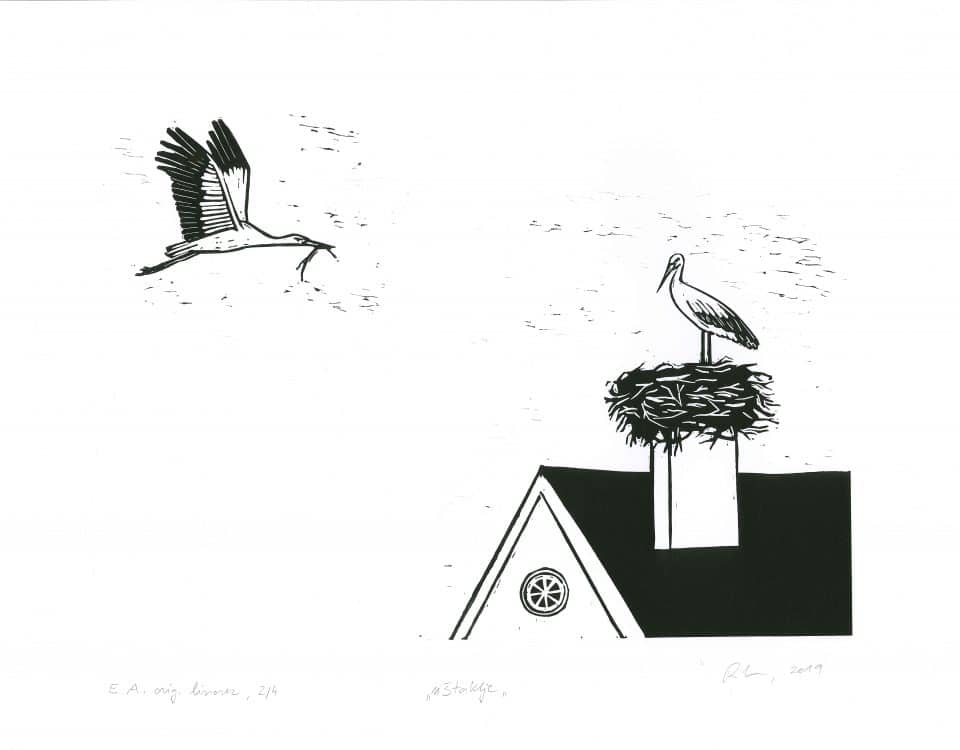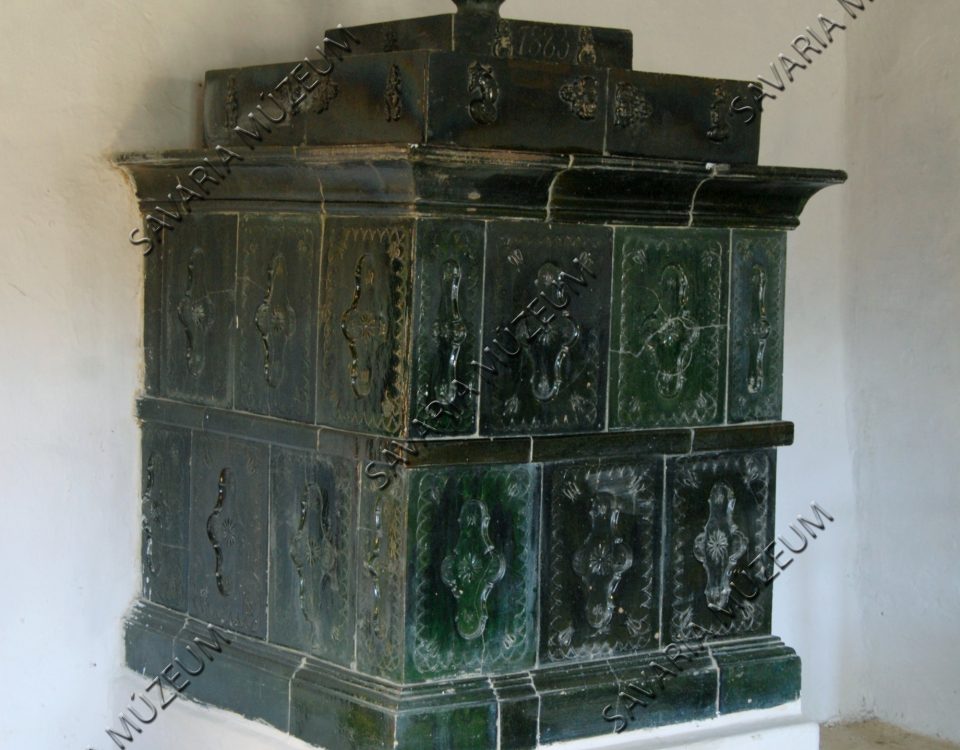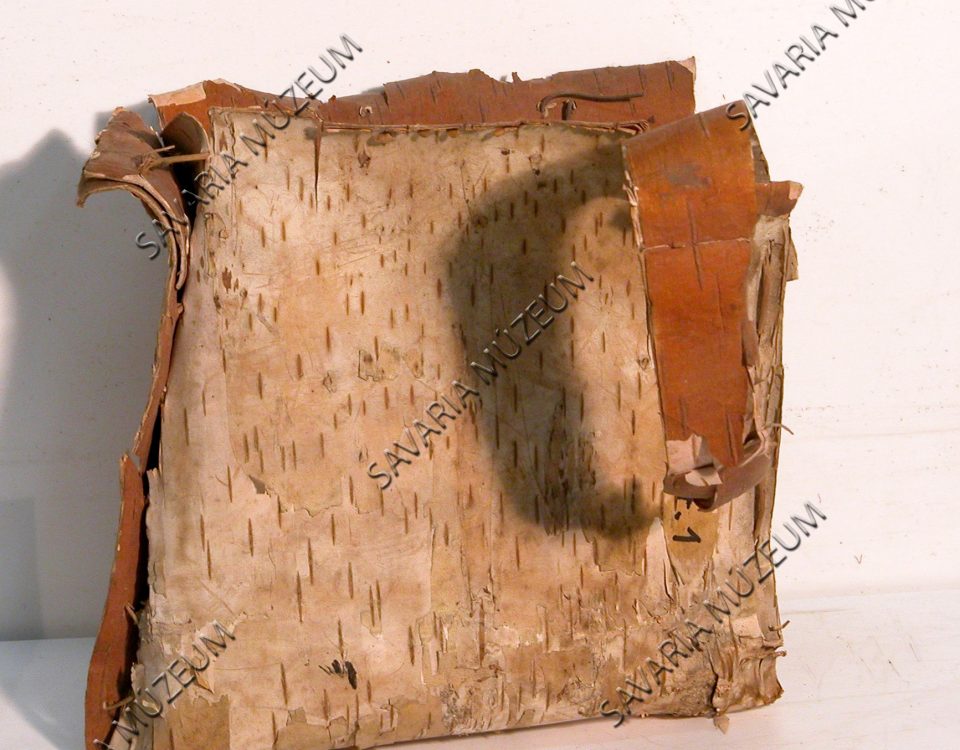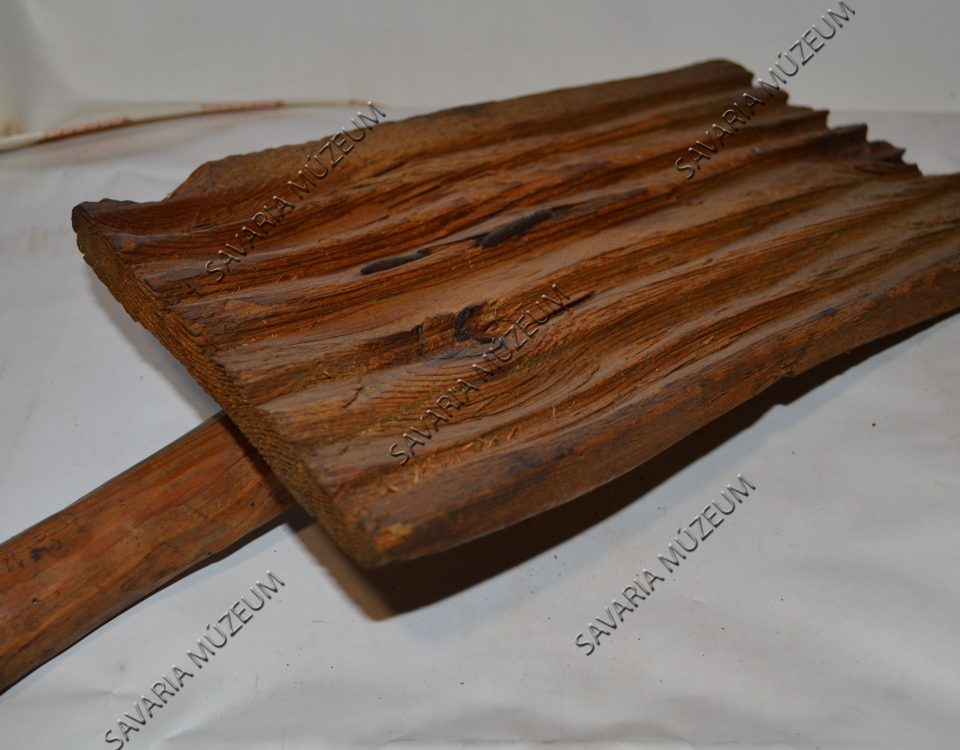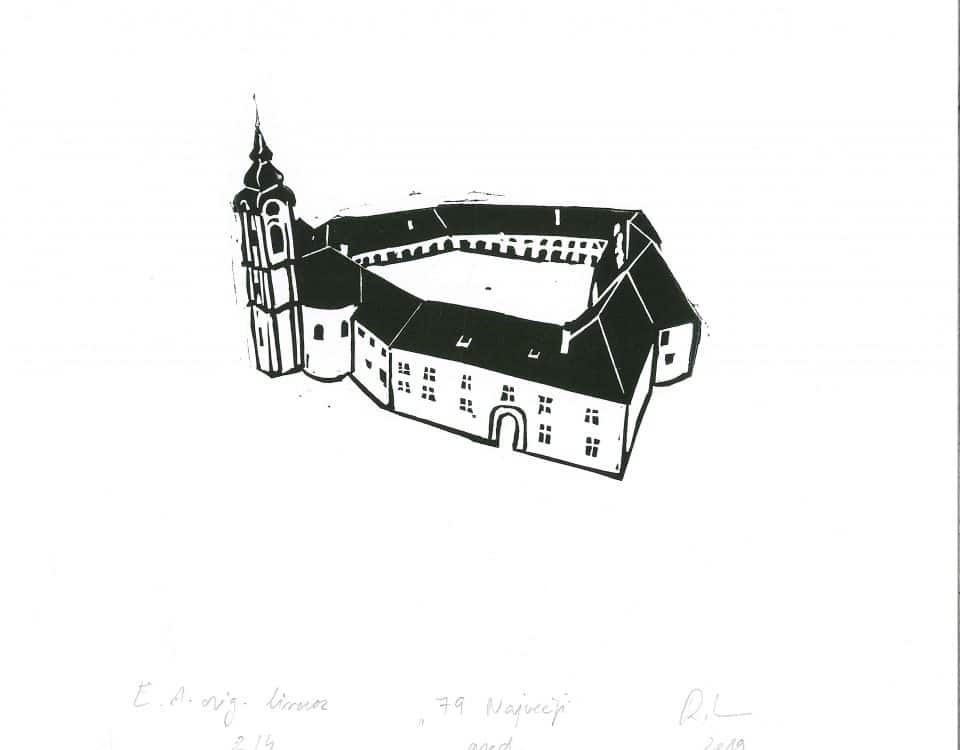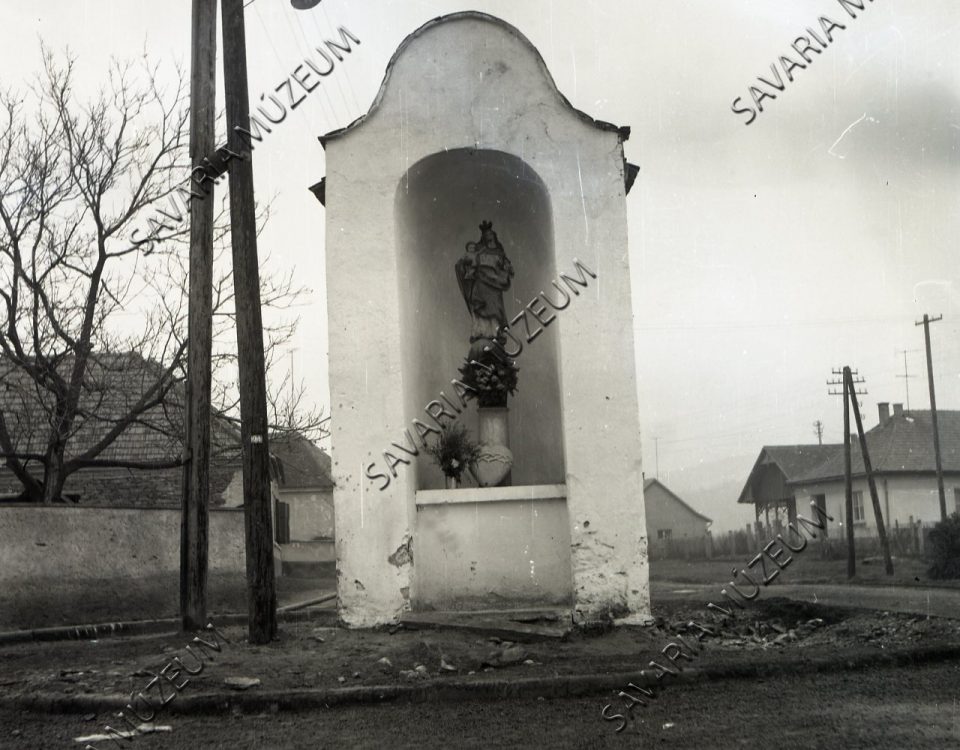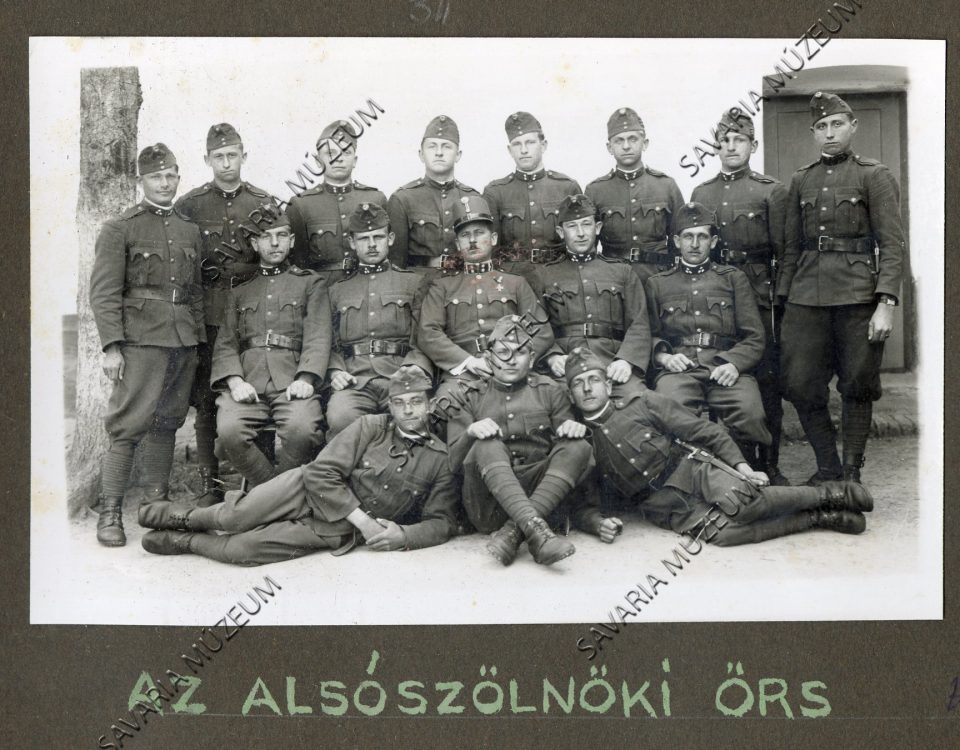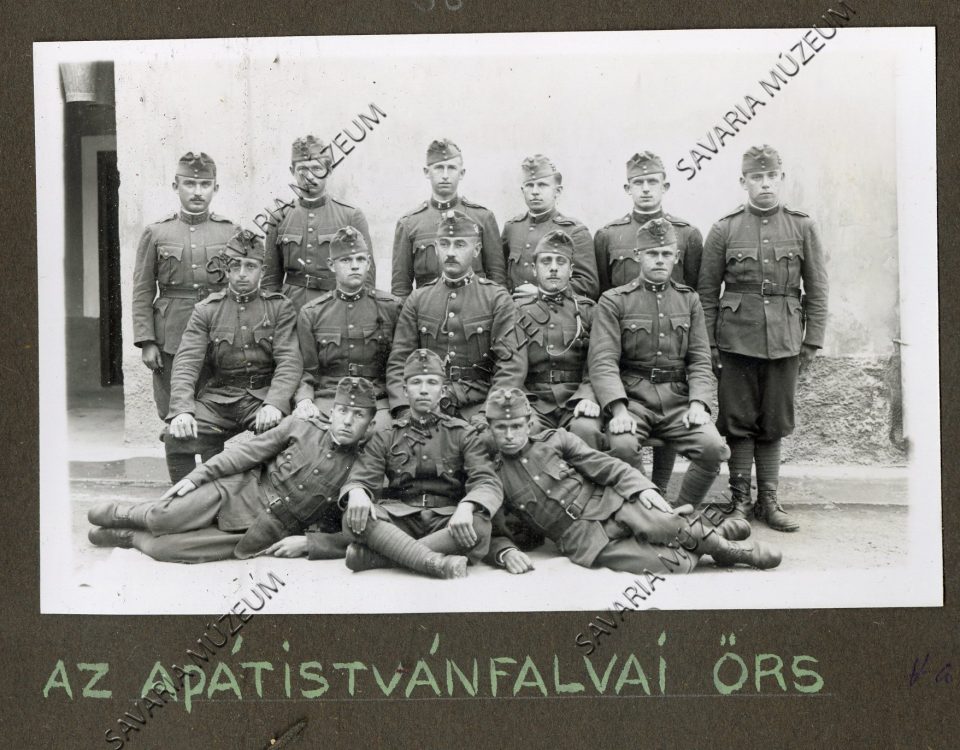This website uses cookies so that we can provide you with the best user experience possible. Cookie information is stored in your browser and performs functions such as recognising you when you return to our website and helping our team to understand which sections of the website you find most interesting and useful.
3. March, 2020
The wife of Ferenc Pungor, a local cantor teacher in Gencsapáti between 1890 and 1910, taught local girls and women how to make scratched Easter eggs. These ornaments, similar to the drawings in memoirs and Renaissance decorations, adorn the painted and scratched eggs. Just like the memoirs that served as the templates, these eggs also…
21. April, 2020
Serving bowl with two handles and a stand. The bowl is round, the edges of the circular stripes are golden, and the inside of the bowl is decorated with wave patterned stripes of different widths, also with gold edges. The handles are made of two ribbons, decorated with a dotted pattern, are curved, with a…
10. February, 2020
Trapezoidal, braided from corn husks, with two handles. Around the center there is a dotted stripe pattern. Is was made on a loom with wooden frame. It was used to carry things to the field or for shopping.
21. April, 2020
The funeral shroud adorned the lower part of the bier, was fixed to it together with the flowers. The shroud was created in 1957 by Franc Rogač, a resident of Dolič and was used until about 1986. Embroidery and it is decorated with the inscription: Naj počiva vo meri Božem. Glejte Jagnje Božje, ki odjemlje…
3. March, 2020
A fire-making tool, having the shape of a narrow axe, an oval hole, of forged iron.
21. February, 2020
The photo was taken in 1966 by János Bárdosi, ethnographer at the Savaria Museum. At the top of the roadside cross, two angels, holding candles, surround the Holy Sacrament. The roadside tin cross from the 19th century is a protected monument. The photo was made directly to a so-called positive film that is able to…
1. April, 2020
Longitudinally ribbed glass, with rounded shoulder and an inscription in an oval field on body: “Soda water company of Jenő Scheiper, Őriszentpéter”. The lead tap of the bottle is marked with the inscription “JENŐ SCHEIBER ŐRISZENTPÉTER“ and the name of the manufacturer (Oszkár Kont, Budapest) and the time of making the soda bottle (1937).
4. March, 2020
Small wall-hanged cabinet made thin walnut plates. It has an upper storage compartment that opens at the top and a pull-out drawer at the bottom. The wood material is reddish on the outside, lightly oiled.
4. March, 2020
A four-legged, box-shaped spoon holder with a lattice bottom and a back made of tree branches. The back part is elevated. Decorated with heart shapes and tulip rosettes. One of the most beautiful specimens of its type in Vas County.
18. August, 2020
Idealised image of Hungarian king, Ladislaus, in luxurious clothing with sceptre in his right hand and a simplified version of the Hungarian crown. Part of a pair with the sculpture of Saint Stephen. Sentimentality is emphasised with his left hand above his heart, his tilted head, and the look in his eyes. At that time,…
18. August, 2020
Idealised image of the Hungarian king, Stephen, with sceptre in his right hand and simplified version of the Hungarian crown, a lush beard, hunched posture, and theatrical hand gesturing, probably made in Styria. He is dressed in luxurious, belted clothing, adorned with buttons, fringes, with a coat and high boots. The sculpture is part of…
21. February, 2020
Three-legged, ceramic pot with two handles and lid. It is glazed in greenish-brown color inside and outside. On the handles there are button decorations. It is newly made, of traditional shape.
10. February, 2020
Prekmurje was for a long time the region of Slovenia known for its numerous storks’ nests. Unfortunately these are threatened by intensive farming, the disappearance of grasslands and increasingly dry years. Today storks are found more frequently in other parts of Slovenia. In Prekmurje the masculine form of the name – štrk – is used…
3. March, 2020
Rectangular tile stove - decorated with plant motifs - assembled from green lead glazed tiles. Built from brick. It can be seen in the Vas County Open air museum in the first room of the Nemesládony house.
19. February, 2020
Strawberry holding basket made of birch bark. It was used when picking wild strawberries in the forest.
10. February, 2020
A rectangular plank with longitudinal ribs on its bottom. A wooden handle on its top. This was used to straighten – by tapping – the rye straw on the roof of thatched houses.
10. February, 2020
The Grad Castle is the largest castle building in Slovenia. It is first mentioned in sources in 1271 as Limbuh, but for a long time it was called Felsőlendva. It is surrounded by a spacious courtyard built on top of a hill with a terrace. Traces of numerous alterations and extensions can be found from…
30. April, 2020
The Chapel Statue of Mary in Felsőcsatár According to our knowledge, the statue is the second oldest sacral monument in Vas county. In 1686, Ms. Eleonora Talián made a gracious foundation for maintaining the statue of Mary. The Madonna statue originally stood on a column. The column was cut off. For many decades, a heart-shaped…
30. April, 2020
The album was dedicated to the memory of by Mrs. Kálmán Horváth, Countess Geraldine Niczky, to commemorate the inauguration of the flag by the 11th Royal Border Army Battallion’s officers and staff. Since 1938, border guarding duties were usually carried out by Border Army units. The album was made by Erzsébet Derezsán, a craftswoman from…
30. April, 2020
The outpost of Apátistvánfalva The album was dedicated to the memory of by Mrs. Kálmán Horváth, Countess Geraldine Niczky, to commemorate the inauguration of the flag by the 11th Royal Border Army Battallion’s officers and staff. Since 1938, border guarding duties and the protection of the frontier area was usually carried out by Border Army…

